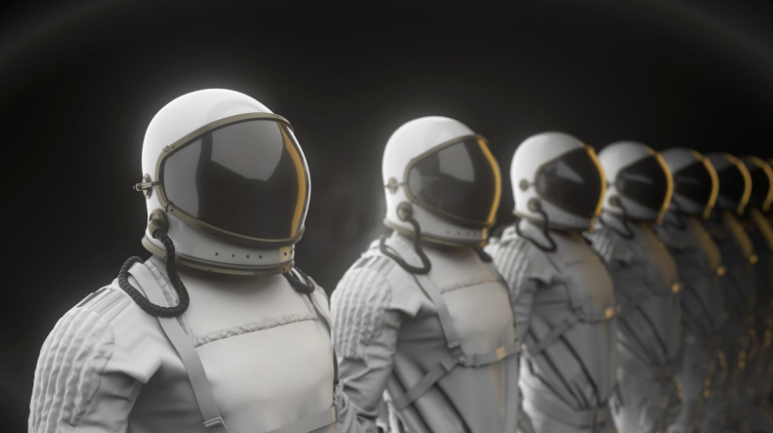Today’s space industry is a hub of ambitious, ongoing disruption – with safety and efficiency standing as equally vital considerations for deep-space missions. There is perhaps no better microcosm of this dynamic balance than the modern spacesuit, which, like its overarching industry, has reflected countless innovations and changes centered on both astronaut well-being and mission potential.
Refining the basics
Since spacesuit technology became a practical reality, its fundamentals have undergone an almost endless stream of refinement. Specifically, suit capabilities like increased dexterity and mobility have remained paramount focal points, ensuring a more seamless, organic bodily process in zero-gravity environments, where biomechanical normality is otherwise nonexistent. At the same time, breakthroughs in suit longevity and durability allow for lessened exposure to solar rays, cosmic radiation, and other harmful elements potentially compromising the human body.
A More Integrated Approach
Modern spacesuit design now embodies a philosophy emphasizing integration across multiple systems, ensuring that each component functions harmoniously to support the astronaut in deep-space conditions. This approach goes beyond simply refining the physical suit itself; engineers now consider the entire life-support system, communication tools, and environmental monitoring equipment as interconnected parts of a cohesive, adaptable network. As spacesuits evolve to account for the demands of longer missions, designers emphasize embedded sensors that monitor astronauts’ vital signs and detect external threats in real time. Through this layered integration, today’s suits function as self-contained ecosystems, extending mission duration and range by safeguarding against unexpected changes in space’s unforgiving environment.
The Move to Human-Centric Design
In the past, spacesuit development often prioritized technical resilience over the comfort and cognitive needs of the astronaut inside. However, modern suits have adopted a more human-centric philosophy, aligning safety and life-sustaining design with mission fluidity. For instance, engineers now focus on reducing physical strain, an effect often amplified in microgravity, by optimizing weight distribution and adding enhanced exoskeleton elements that help prevent muscle fatigue and joint strain. This human-centered approach acknowledges that an astronaut’s well-being directly impacts performance, especially on complex missions. By prioritizing intuitive control interfaces and personalized fit adjustments, the industry ensures that astronauts can focus fully on mission tasks, reducing physical and mental exhaustion.
Such shifts are a testament to the space industry’s commitment to harmonizing technology with human experience; they transcend durability, flexibility, and efficiency alone, representing a stronger commitment to mission personnel and infrastructural integrity in order to further industry disruption and discovery.






